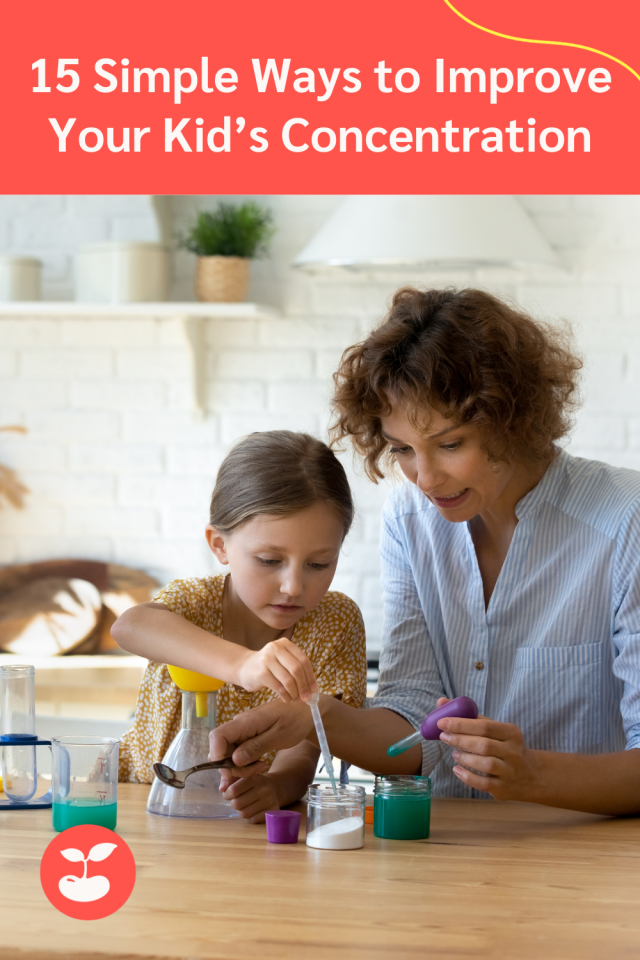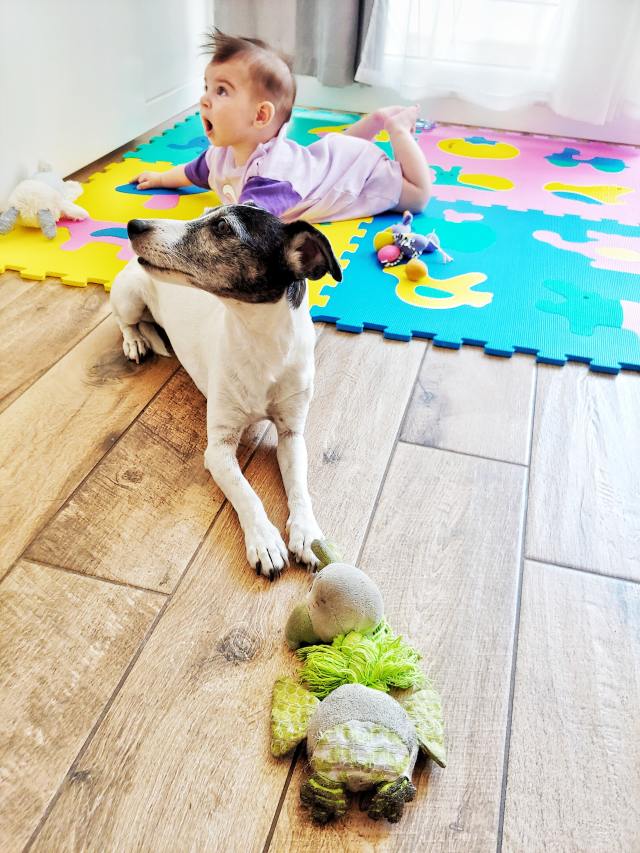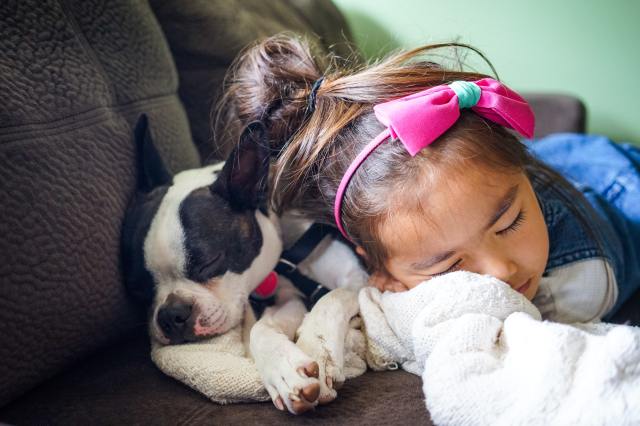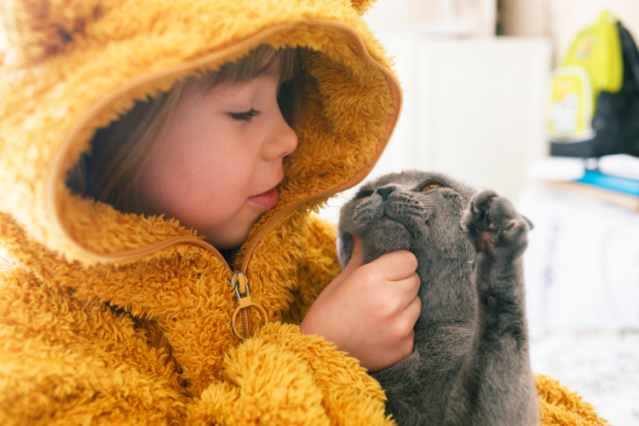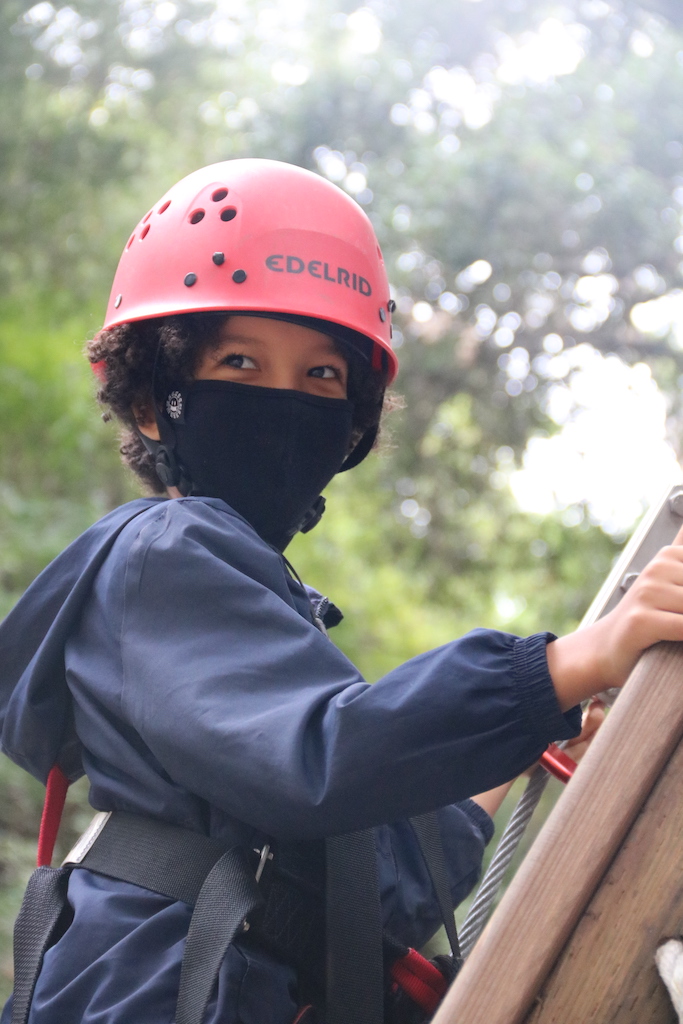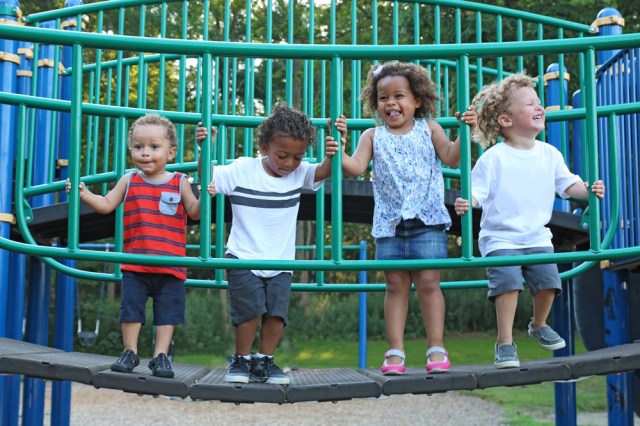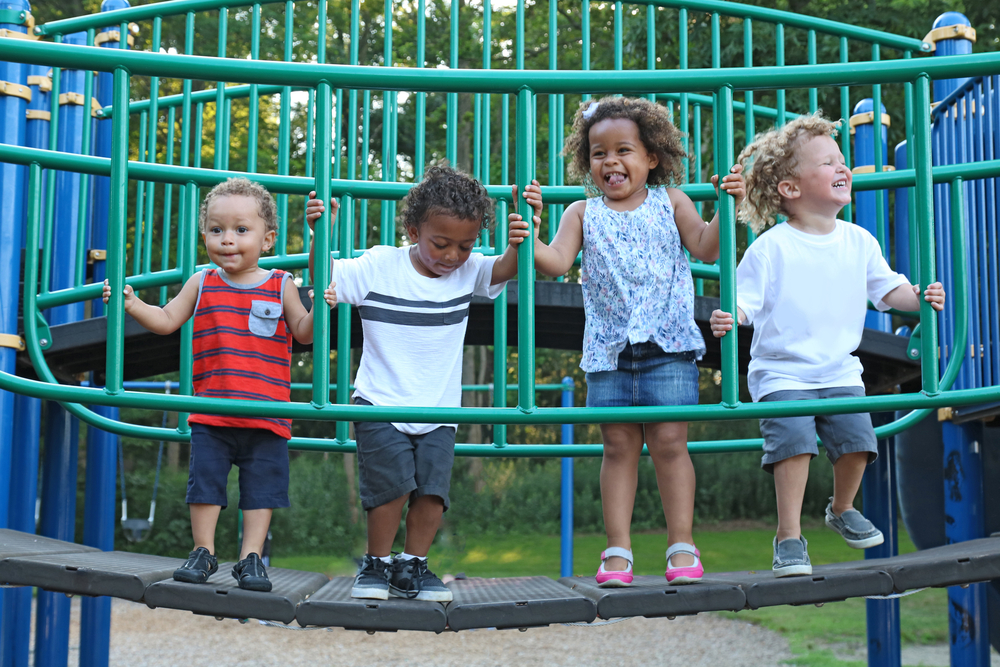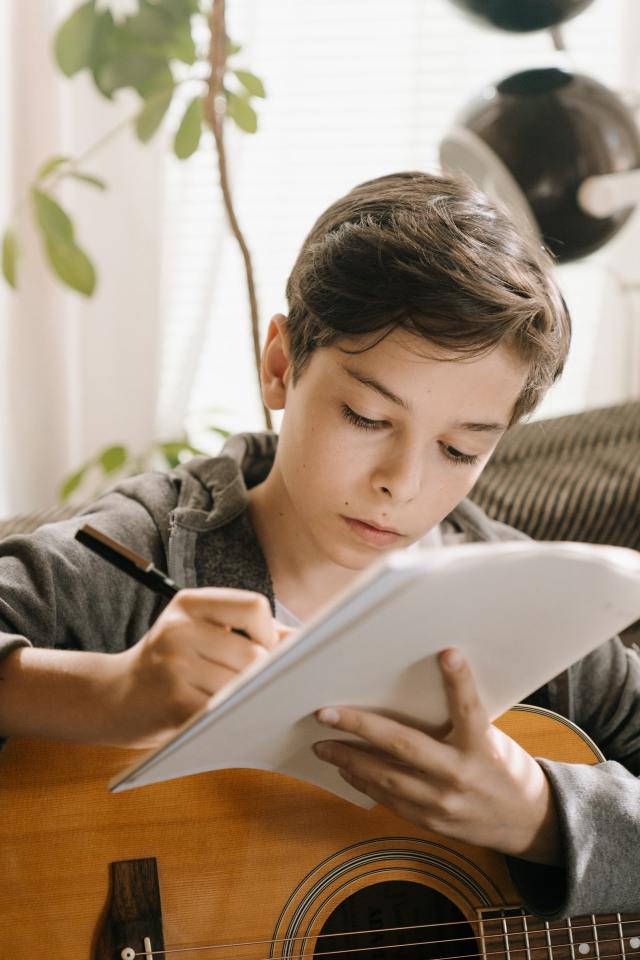Sadly, the carefree days of summer have come and gone and it’s time for many families to head back to school. The transition from the less structured routine of summer to the school year is hard on everyone. To help get your little scholar started off on the right foot, here are some key strategies to help your kids focus and set them up for a successful new year!
Start off on the right foot.
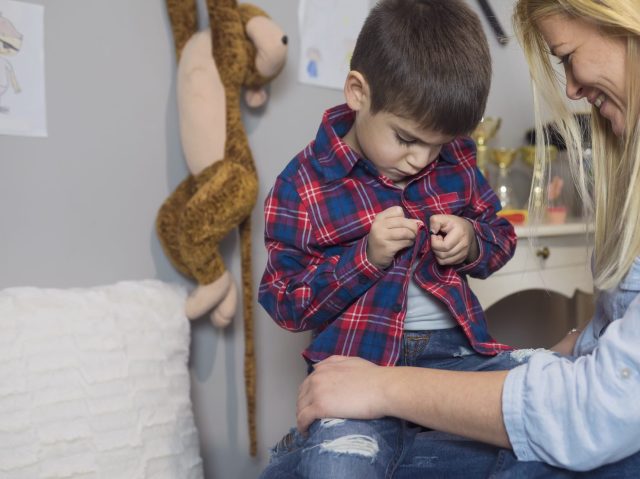
Mornings are often the most hectic and scattered parts of the day. It's hard for adults to stay focused, on task and get out the door in time, so it's no shock it's one of the hardest parts of the day for many kids. In the morning, try to allow for extra time. Sure, that extra 10 minutes of sleep sounds amazing, but so is a (relatively) calm start to the day. Establish a morning routine and help your child stick to it. Especially for younger children, it's often hard to stay focused on the ten things they have to do to get out the door, so make a clear plan. Many families find that actually hanging up a morning routine helps as a reminder and maybe you won't even have to yell "Put on your shoes!" ten times as you're rushing out the door.
Brain Food!

Start with the basics. There's a reason they say "Breakfast is the most important meal of the day." Kickstarting the day with some healthy brain food allows for a better start. Greek Yogurt, Eggs and fruit like apples and blueberries are awesome places to start. But equipping your child with lunch and small bites that include brain foods such as healthy nuts and cheese can help keep your child's focus up during the day.
Have reasonable expectations.
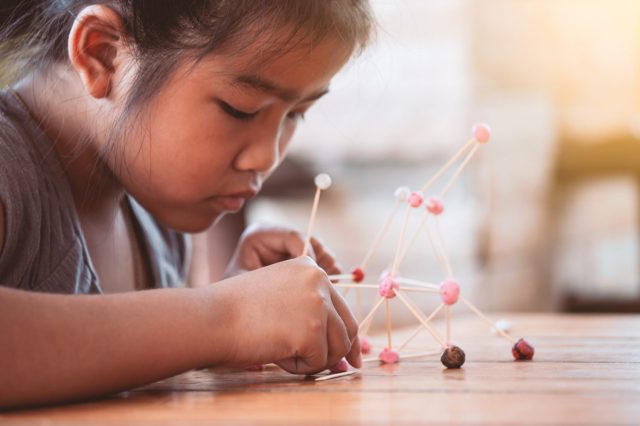
Set aside an age-appropriate amount of time for your child to practice focusing on a specific task, remembering that personal interest in a topic or project is usually the most important motivator for paying attention. Working alone, a preschooler may spend two to three minutes on a task chosen by an adult—like getting dressed or picking up toys. By five years old, most children can ignore minor distractions. Alone, they will focus on a single interesting activity for 10 or 15 minutes and on an assigned task for four to six minutes if it’s easy and interesting. Take a deep breath and remember that that little cerebral cortex is still forming!
Schedule for down-time.
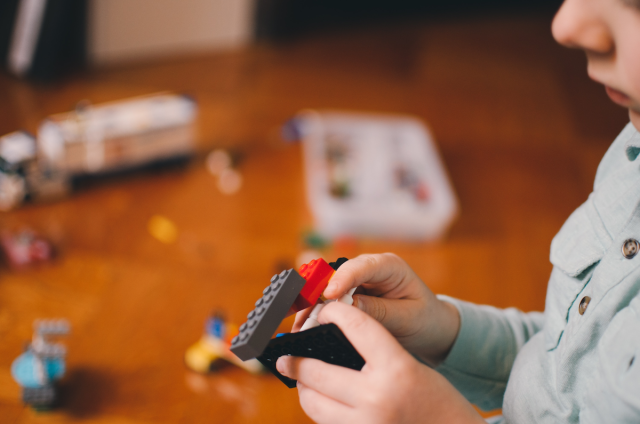
While it's easy to feel that the first thing a child should do after they get home is their homework, many children actually benefit from a break before jumping into more structured activity. After concentrating all day at school and being in a structured environment, a little downtime can help your child's brain take a much-needed break before jumping into the next task, ensuring less frustration and meltdowns along the way.
Set up a successful homework environment.
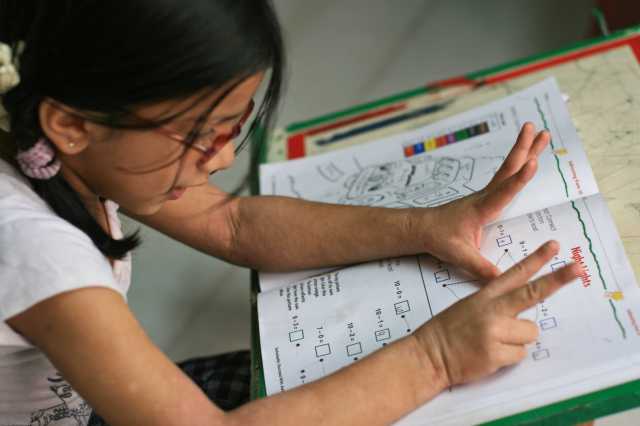
It's a good idea to have a go-to homework spot and routine free of distractions and always start with more of that brain food! If your child works best around people, set up a homework nook in the dining room, kitchen, or living room. If siblings are distracting to each other, have them work in separate rooms. Wherever the workspace, make sure the desk and chair consider your child’s size: her feet shouldn’t dangle off the floor, and elbows should be able to rest on the table without hunching.
Get organized.
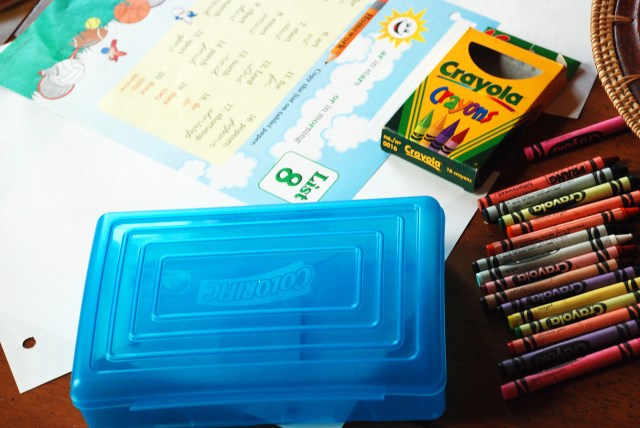
Your child’s workspace doesn’t need to worthy of a magazine spread, but you can certainly encourage her to put things away after finishing her assignments and keep the area in order. Develop a system with folders, binders, or plastic bins that works for your family—projects will be less likely to get lost in the shuffle, and the area will be a blank canvas the next time she sits down to work.
Make a list of goals.

Having a clear-cut list of goals is useful for all children. Sometimes, it’s not that a child can't focus, it's that they're struggling with what to focus on. Before tackling an assignment or study session create a list of goals. Having clear directives helps settle a child's mind and stay focused.
Divide bigger tasks into smaller tasks.
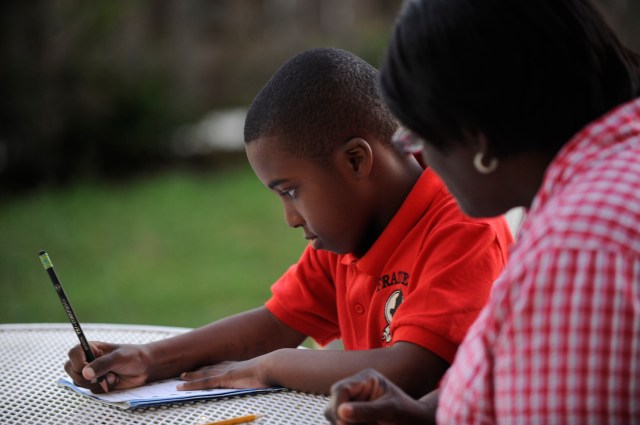
Staring down a worksheet swimming with math problems or taking on an entire subject chapter can be overwhelming for any child. It always helps to break it down into questions or paragraphs so that the child feels a sense of accomplishment. Working in smaller tasks helps combat the feeling of being overwhelmed and allows for a repeated self of accomplishment that will fuel your child's motivation to go on. This works not only on homework but also on household chores and other expectations around the home.
Don't sweat the small stuff

Especially as it applies to younger children age nine and below, homework does not need to be a source of perfection. Just the homework itself can be overwhelming for young kids, so try to resist the urge to nitpick over having all the homework perfectly written. In many earlier grades, teachers are even less concerned with issues such as misspelled words in a writing assignment so that the child can focus mainly on getting the ideas on paper. Praise yields more success than criticism and helps your child establish confidence for future projects.
Build in movement breaks.

As all parents know, growing kids have plenty of energy! And they need to spend it. Many schools now even schedule in movement breaks to help kids combat this with doing some jumping jacks, stretches or even mini-dance parties. You can adapt this idea at home as well. Work in small increments with breaks that encourage physical activity: a walk up the street (fresh air is a bonus!), or running up and down the stairs. Just be sure to time it accordingly and don't drag the break on for too long, reminding your child that she can go back outside after her assignment is complete.
Practice belly breathing.

Belly-breathing is an important skill for kids to have when they’re confronted with challenging tasks, which can make them anxious and trigger their natural "fight or flight" risk. Being overwhelmed and anxious leads to avoidance—the enemy of concentration. So having this simple tool in their toolbox can help them combat those feelings and get them back on track.
Practice mindfulness.

Mindfulness may be a hot buzzword lately, but really it just involves focusing your awareness and acknowledging your thoughts and feelings. Practicing mindfulness can be helpful to people of all ages. When your child is becoming distracted, have them take a five-minute break to sit quietly and take a moment to think about what is distracting them and how they can refocus themselves on the task at hand.
Prioritize sleep.

A well-rested mind is key to your child's ability to focus. Create a nightly routine that ensures plenty of hours to catch those zzz's. Check guidelines for how many hours of sleep per night a child needs, based on age, and schedule accordingly. That time of rest in helping the brain recharge for the next day ahead!
Model good focus.

Children are observing us every moment of the day. If possible, sit next to your child while you do your own “homework.” Whether it’s an assignment from the office, reading a book, or sorting through bills, your child sees you quietly focusing on a task and will be encouraged to follow your example. Make an effort to restrict your own use of computers and phones during this time, showing your child that it helps to minimize distractions.
Leave time for something fun.
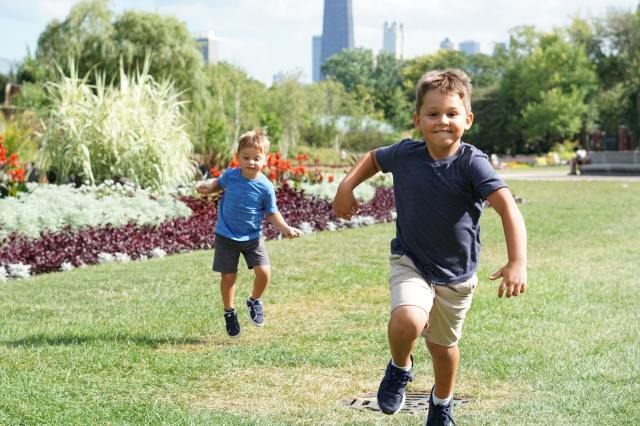
Everyone needs a break, especially an ever-developing child. Plan out something fun to do together with your child after they've finished the task at hand. Even though they're growing up fast, they still need time to have fun and be silly. And they still need a little quality time with you!
—Heather Millen with Katie Brown
Featured image: iStock
RELATED STORIES:
5 Helpful Ways Parents Can Set Their Kids Up for Homework Success
31 Things Your Kids Should Be Doing Instead of Homework
8 Ways to Make Homework Fun (Seriously!)
Later School Start Times Make More Well-Rested Middle Schoolers, Study Finds
